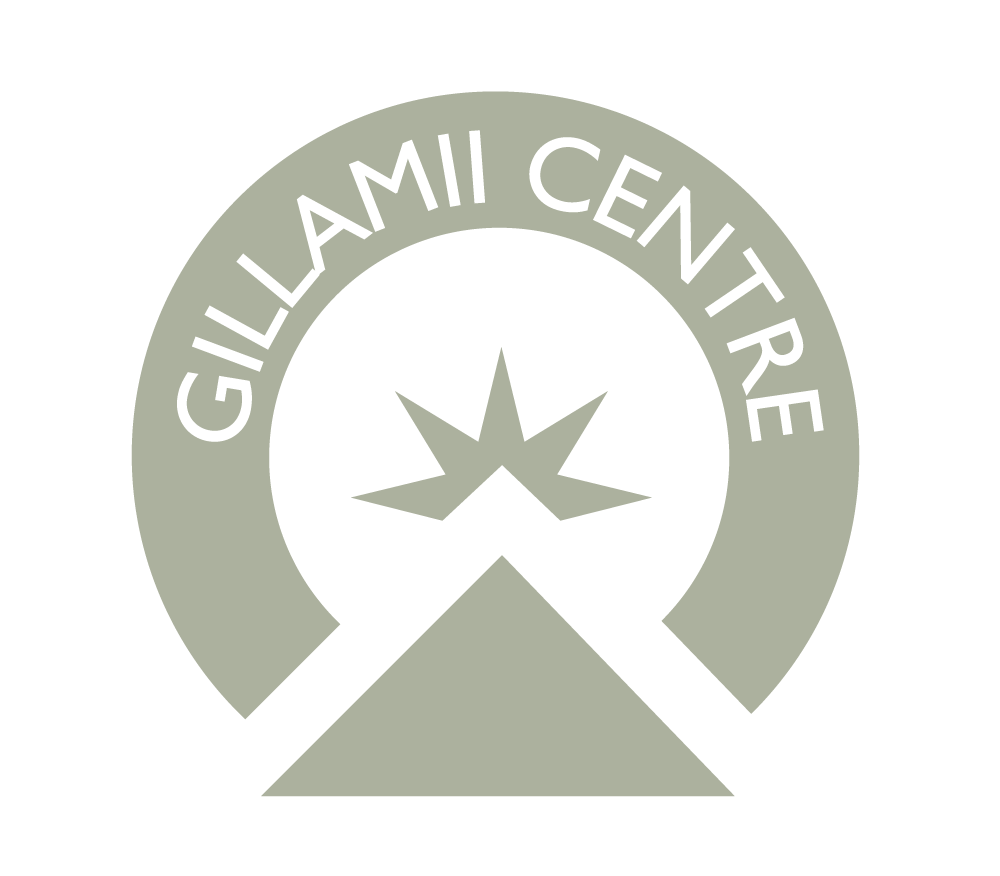Improve Conservation Value of Roadside Vegetation
Period: 2016-17
Funding Body: State NRM
Funds: $25,000
Project Officers: Rebecca Cassells, Jenny Loveland
Summary
Weed removal of six target species (including four Weeds of National Significance) along high conservation value roadsides. The 'Roadside Vegetation and Conservation Values in the Shire of Cranbrook' survey and report completed by the Roadsides Conservation Committee (May 2015) recommended six key species be targeted for weed management: bridal creeper (Asparagus asparagoides), eastern states wattle (Acacia longilfolia), golden wattle (Acacia pycnantha), spiny rush (Juncus acutus), tagasaste (Chamaecytsus palmensis), watsonia (Watsonia meriana).
Eradication of roadside Bridle Creeper in Cranbrook.
Increased public awareness: youth engagement in revegetation; media communications; and nomination of several Flora Roads
Outcome
Cranbrook is located within the South-West Biodiversity hot spot and is also a thriving agricultural landscape. Fragmentation of native vegetation due to clearing and other threats have resulted in mosaic 'islands' of remnant areas, often insufficient to support even a small population of native fauna. The plants and animals in these areas are in jeopardy due to limited resources, increased disease risk and reduced genetic diversity. It is essential to species' survival that they have a means of dispersing through the landscape, and native vegetation along roadsides and creek-lines can provide connectivity between larger bush remnants areas. In particular, roadside remnants often support rare and endangered plants and animals, such as the Carnaby's Black Cockatoo; and roadside plants represent more than 20% of known populations of threatened flora (DPaW 2015).
Strategic weed management in these connectivity sites is imperative to ensure they remain intact and prevent gradual decline in condition. Many of the roadsides identified as being ‘low conservation value’ within Cranbrook are infested with weeds, posing a greater fire hazard and smothering threatened native plant species. The scarcity of native vegetation on these roadsides is also contributing to salinity and erosion problems.
Soil disturbance resulting from stock and vehicle movement provide an easily colonised niche for opportunistic weeds and the longer infestations are left to establish, the more difficult and costly management becomes. Weeds spread easily and pose increasing threat to adjacent areas such as national parks; and to agricultural production, the primary industry in the region.
Therefore, the entire community is affected, yet lack of awareness has been identified as another threat to conservation.
Roadside weed control (155ha) carried out in the Cranbrook Shire targeting six weed species on the following roads; Cowerup Road, Douglas Road, Lake Unicup Road, Noobijup Road, Pindicup Road, Redgum Road, Scrubiup Road, Stirling Road, Terrace Road, Tuckers Road, Unicup Road, Yarnup Road. The three townsites located in the shire were also targeted.
Two National Tree Day planting events planned and implemented with two schools (Cranbrook and Frankland River Primary Schools) and local volunteers, at three different sites. 2710 stems were planted.
Awareness raising of the benefits of preserving roadside vegetation pamphlet distributed to 580 people (Cranbrook, Frankland River and Tenterden districts). This pamphlet highlighted local rare and/or endangered flora species found in Shire of Cranbrook roadside remnant vegetation.
Interaction with community and relationships started and strengthened.
Report


